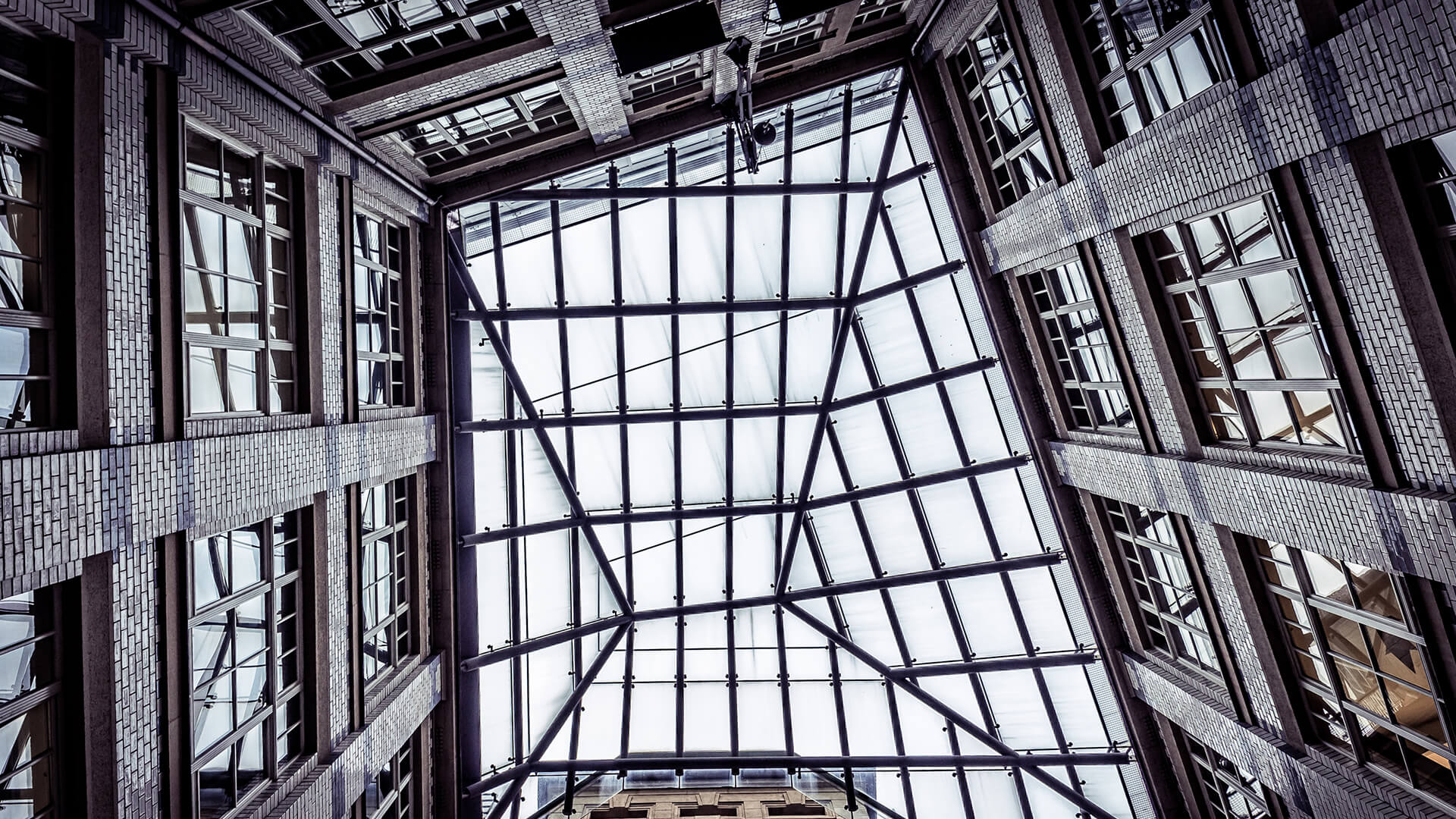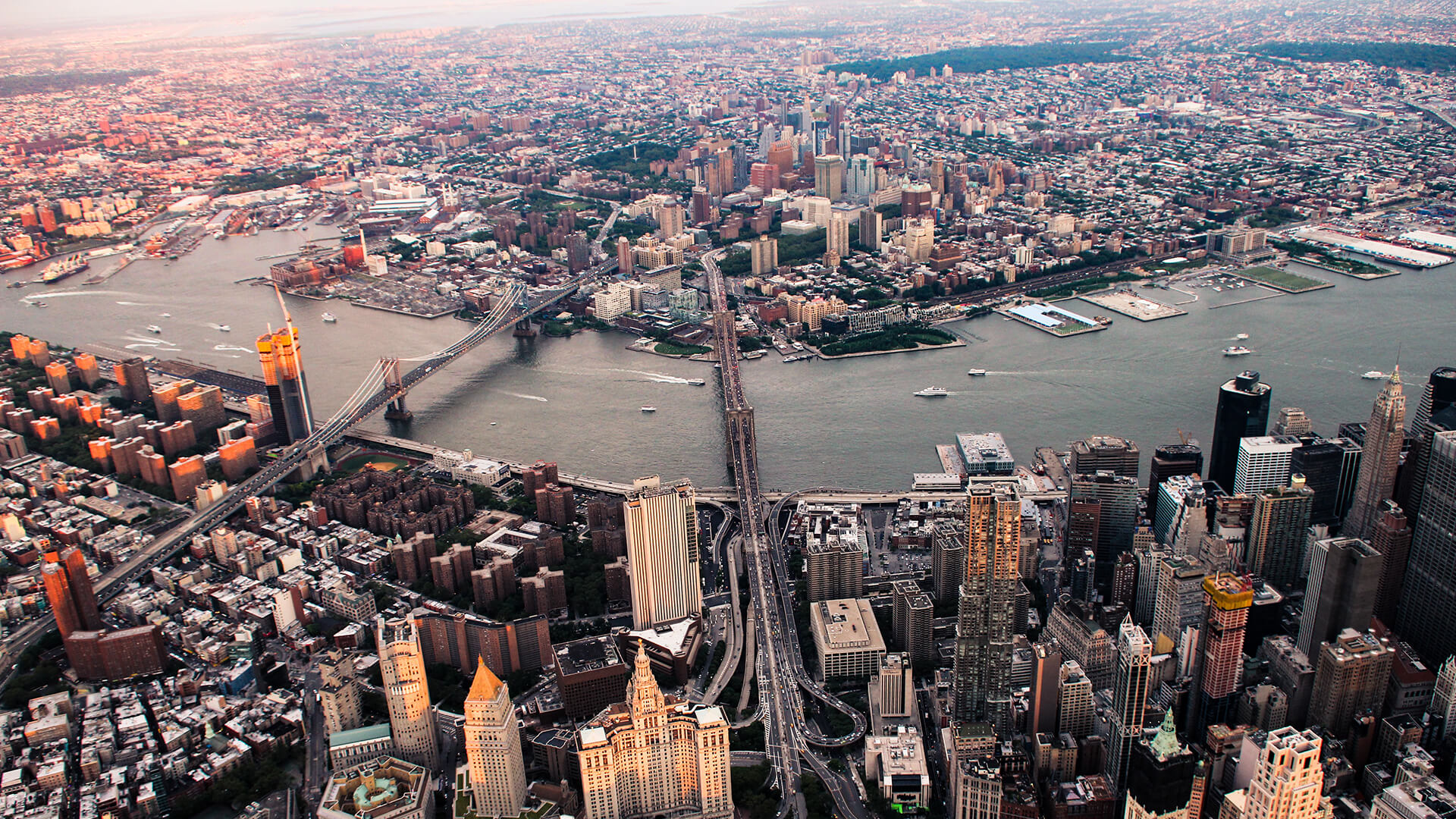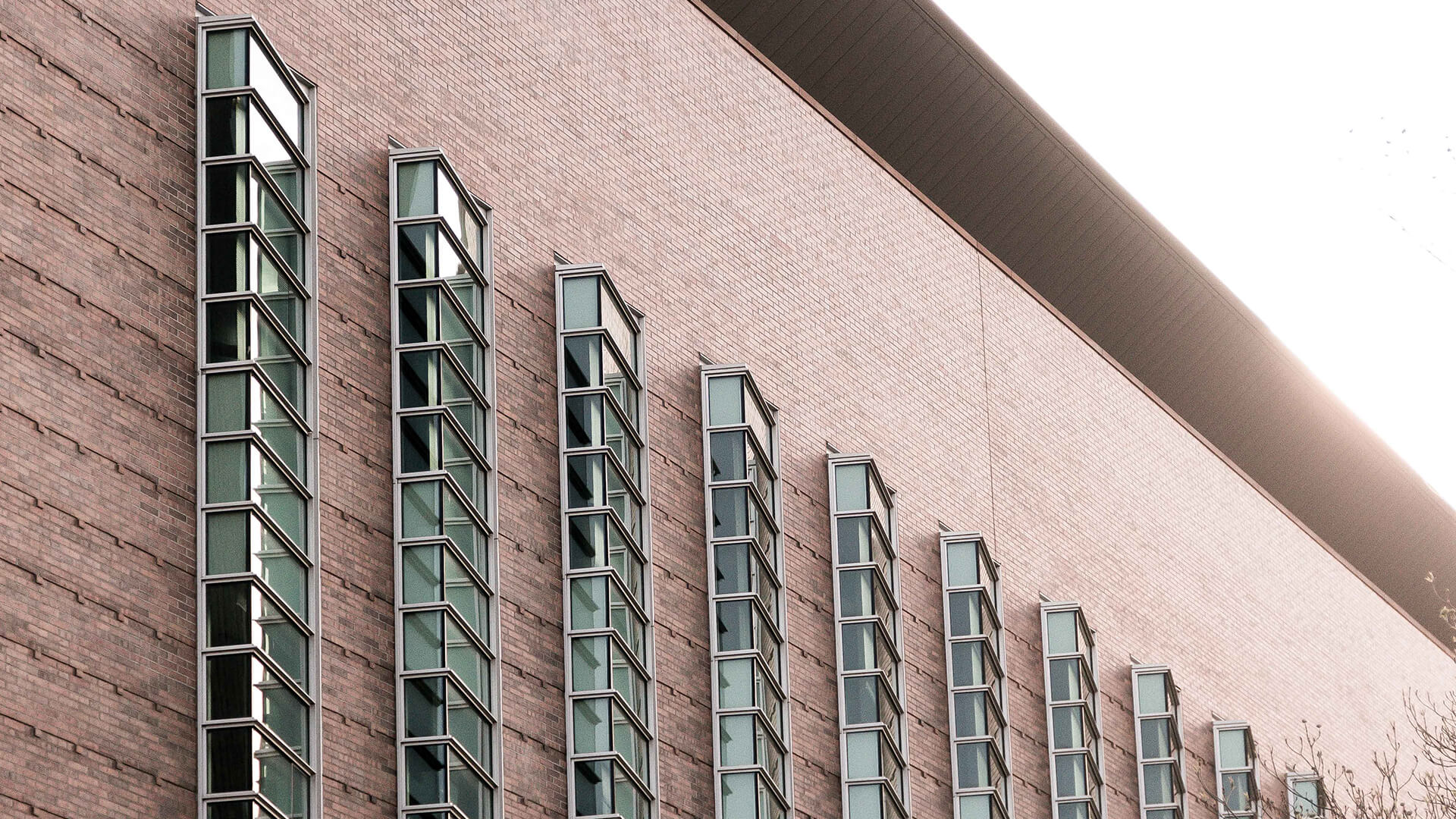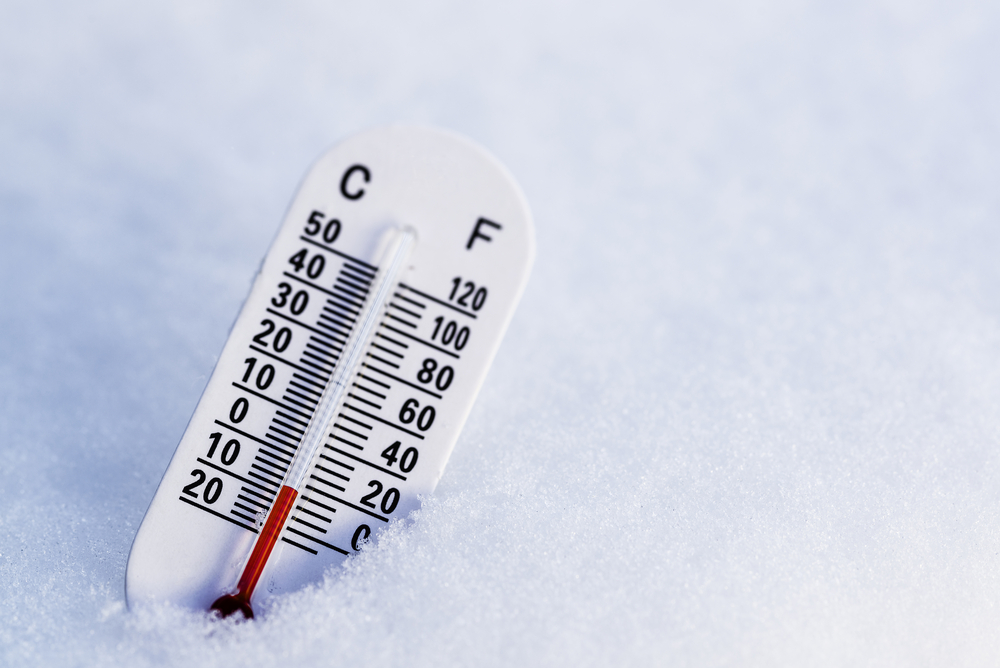Security cameras are designed and built to a variety of environmental standards. That’s why you see rather inexpensive options for indoors and a wide range of more expensive options for outdoor applications. However, when the application is critical, it’s time to look at ultra-rugged camera systems that can meet the highest demands.
Temperature Range
Consider temperature when deploying cameras outdoors. Outdoor cameras are rated beyond normal indoor operating temperature limits so that they can be used in a variety of outdoor applications. It’s not uncommon to see indoor cameras with operating temperature ranges from 0ºF to 100ºF. Some outdoor camera housing systems are small enough to create enough heat to remain operable in low temperatures, commonly down to -22ºF. Often, these cameras are equipped with a small fan that circulates the warmer air within the housing. High temperatures can also be a challenge. Outdoor cameras are often rated to about 120ºF. Sunshields can also deflect direct sunlight and keep an outdoor camera running cooler.
Condensation
Heaters and fans built inside some outdoor camera housings can reduce condensation that forms on the inside of the camera bubble or window.
Wind and Vibration
Outdoor cameras mounted to bridges, light poles, tunnels, and other structures subject to wind exposure or vibration and are specially designed and manufactured to withstand these environmental conditions. Some specialty camera systems are equipped with image stabilization and vibration dampening mounts.
Rain and Water
Water needs to be kept out of outdoor cameras. Special seal rings keep water out during rain storms. Washing down cameras with high pressure or direct streams can increase the chance of water entering the camera housing. These conditions need to be considered.
Impact and Vandalism
When placed outdoors, security cameras are subject to impact from debris or even vandalism. Outdoor cameras are built with materials designed to resist catastrophic failure in the event of a common impact.
NEMA, IK, and IP Ratings
Several rating systems are used to provide specifiers and security professionals with baseline performance expectations regarding the environmental conditions described above. For impact resistance, an outdoor camera will have an IK10 rating whereas an indoor version may not have an IK00 rating. Ratings such as Ingress Protection or International Protection (IP) ratings and National Electrical Manufacturer Association (NEMA) notify the buyer of water and dust protection. IP ratings range from IP00 to IP69K. NEMA enclosure ratings range from NEMA 1 to NEMA 13.
• More about NEMA ratings: https://www.nema.org/Products/Documents/nema-enclosure-types.pdf
• More about IP ratings: https://en.wikipedia.org/wiki/IP_Code
• More about IK ratings: https://en.wikipedia.org/wiki/EN_62262
It’s Not All About Specifications
Whether indoor or outdoor, picking the right camera for the application is critical. From initial design considerations, to demonstration, to proof of performance, we’ll be sure to understand your needs and make the appropriate recommendations. Our team can help navigate the options with you. Contact the Vision team to get started.



